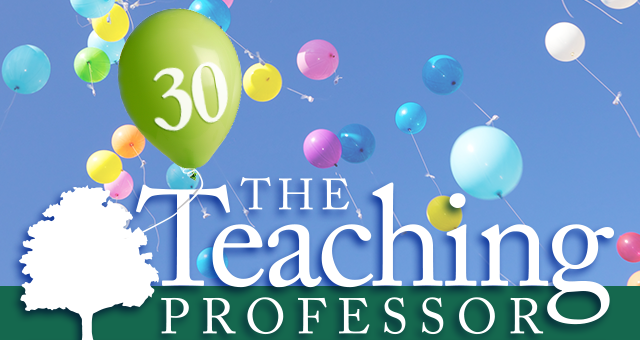What Can We Learn from End-of-Course Evaluations?
No matter how much we debate the issue, end-of-course evaluations count. How much they count is a matter of perspective. They matter if you care about teaching. They frustrate you when you try to figure out what they mean. They haven’t changed; they are regularly administered at odds with research-recommended practices. And faculty aren’t happy with the feedback they provide. A survey (Brickman et al., 2016) of biology faculty members found that 41% of them (from a wide range of institutions) were not satisfied with the current official end-of-course student evaluations at their institutions, and another 46% were only satisfied “in some ways.”










